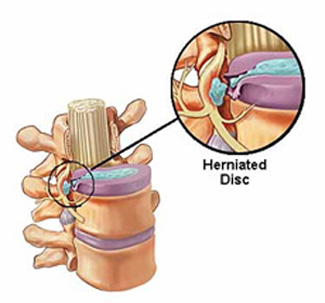Frequently Asked Questions
Interested in Decompression Therapy? Below are some of the most common questions patients have before their visit to Belleville’s Quinte Decompression & Pain Clinic.
Spinal Decompression is used for many non-surgical condition of the spine including:
- Chronic back and neck pain
- Bulging or herniated discs
- Sciatica (leg pain)
- Arm pain/numbness
- Spinal stenosis
- Degenerative discs
- Worn spinal joints (posterior facet syndrome)
- Injured or diseased spinal nerve roots (radiculopathy)
- Arthritis
- Pinched nerves
- Hypomobility
Spinal Decompression therapy is not recommended for advanced pregnancy, severe osteoporosis or severe obesity. It is also not recommended if you have had spinal surgery with instrumentation (screws, metal plates or cages). This is why a thorough examination and pre-screening is always done before any treatment protocol would be recommended.
This is variable from individual to individual, but there is a certain time frame that we expect to see results within, depending upon your condition. We will not keep bringing you back if we are not getting the results that we wish to see within this time frame.
In some cases this may be recommended after the treatment schedule has been completed in order to keep things stable. It depends upon the individual, how much degeneration has occurred, etc. These can vary from a maintenance treatment once a month to every few months.
Unfortunately, it is not. However, we pride ourselves that our fees are less than those generally charged by other clinics outside the Quinte area, plus you don’t have to travel to other cities to receive the treatments. Some extended health care plans may partially cover the cost.
Many people come for decompression therapy as a last resort. They may have tried chiropractic, physiotherapy, acupuncture, massage therapy, etc but have not experienced relief and now they are facing the prospect of surgery. All these mentioned therapies can be excellent and will help many people, but sometimes they don’t. No single therapy works 100% all the time, but spinal decompression therapy is non invasive and may be the solution for you where others have failed.
We want spinal decompression therapy to be as affordable and available to as many people as possible in the Quinte area. Your specific treatment plan will be determined after your initial consultation and examination. Based upon clinical observation and current research, optimum results are usually achieved with 20 sessions ($75. each) over a period of about six weeks. Using this protocol the total would be only $1500. Bear in mind that some clinics in larger urban areas are charging three times as much for the exact same treatment protocol. (Yes, you did read this right – three times more.) After the treatment protocol is completed, any further maintenance visits will be reduced to $60. per treatment if necessary.
First book an appointment. Our initial consultation and examination is complimentary. You must first receive a thorough assessment to determine if spinal decompression therapy is suitable for your condition. If you have any previous MRI or x-ray reports please bring these with you. Copies can be requested from either your family physician’s office or from the institute where they were done.

Independent Scientific Research Says:
“In a recent study of 219 patients with herniated discs and degenerative disc disease, 86 percent who completed the therapy showed immediate improvement and resolution to their symptom; 92 percent improved overall”
-Glonis T, Groteke E, Spinal Decompression. Orth Tech Review 5(6):36-39 Nov-Dec 2003
“We consider decompression therapy to be a primary treatment for low back pain associated with lumbar disc herniation, degenerative disc disease and decreased spine mobility. We believe that post-surgical patients with persistent pain or “failed back syndrome” should not be considered candidates for further surgery until a trial of reasonable trial of decompression has been tried”
-Gose E, Naguszewski W, Naguszewski R. Vertebral Axial Decompression Therapy for pain associated with herniated or degenerated discs or facet syndrome: an outcome study. J Neuro research 20(4) 186-90 April 1998
“Successful reduction of intradiscal pressure with decompression therapy represents a technological advance”
Naguszewski R. Gose E., Derma tonal Somatosensory Evoked Potential of Nerve Root Decompression After Vax-D Therapy. Journal Neuro Research 23(7) Oct 2001
